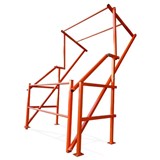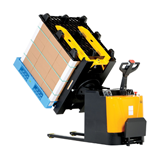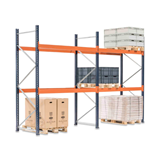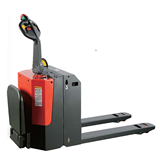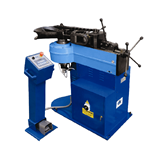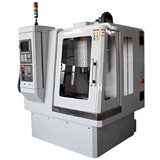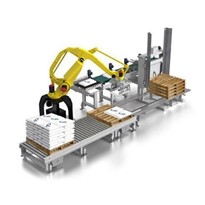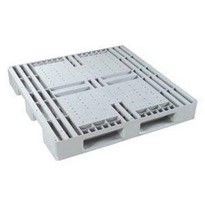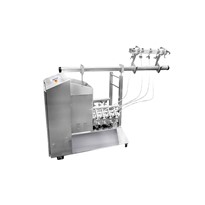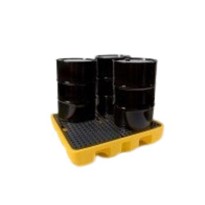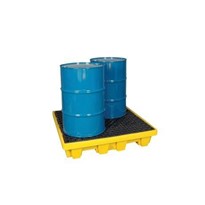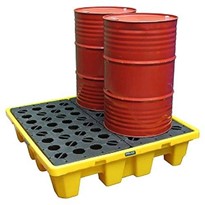Whether you are in the food and beverage industry or the soil and mulch sector, choosing a strong pallet configuration is a part of your operations that you cannot afford to overlook.
Failure to optimize your pallets can lead to damaged products, increased shipping costs, and decreased efficiency.
There are industry-specific rules that should be considered (and you may want to take a moment to learn about the different kinds of palletizers and the pallets they can create). Still, there are also four golden rules that every manufacturer should follow:
- Ensure Efficient Use of Packaging
- Choose the Correct Pallet for Your Product
- Protect Your Pallet from Common Sources of Damage
- Create the Right Pallet Configuration
By following these rules, you can ensure that your products are delivered safely and efficiently, while also increasing your bottom line.
The 4 Golden Rules of Pallet Optimization
Rule 1 - Ensure Efficient Use of Packaging
Choose the Right Kind of Packaging
Be conscious of choosing the right kind of packaging for your product. Your product must fill most of the package dimensions so that it’s condensed and stable in its container, and therefore on your pallets.
Select a Resistant Packaging Material
Also consider that your packaging material will affect how you build your pallet. Whether it’s cases or bags, make sure the packaging material you choose is sufficiently resistant.
Keep in mind that your pallet will be subject to different conditions and will be stacked with other pallets, and so individual packages within the pallet will also undergo these stresses.
Rule 2 – Choose the Correct Pallet for Your Product
Pallets come in a variety of shapes, materials, and standard sizes. Some industries or clients might prefer certain models or require more durable and hygienic plastic pallets. Here are some of the most common pallet types:
Types of Pallets and Their Common Use
| Pallet Type | Description | Common Use |
| Block |
|
|
| Stringer or GMA |
|
|
| Solid Deck |
|
|
Rule 3 – Protect Your Pallet from Common Sources of Danger
A pallet will sustain several different types of stresses, from the time it’s stored in your plant to its journey to a client. You must prepare your packaging and your pallet to withstand the four most frequent causes of pallet damage: pressure, shock, vibration and environment.
Pressure
Your pallet will be stacked with other pallets. This pressure must be taken into consideration when choosing the type of packaging, the type of pallet, and the stacking pattern to ensure that your product is not crushed.
Shock
Your pallet and its content can suffer knocks and bumps at any time during the shipment process. Don’t forget to tighten it with straps, corrugated pads, or a stretch wrapper.
Vibration
From the forklift to the truck, your pallet will endure constant vibration. If you are packing high-density products in cases, you might need some form of isolation to prevent damage. Also, the usage of anti-slip sheets in-between layers can bring more stability to the overall package.
Environment
A loaded pallet will be stored and transported often, and the environmental conditions in which that happens will vary greatly. It might be at the mercy of the elements for a while or transported in a -10°C trailer or a 45 °C humid container.
You can keep your products safe with protection like a stretch wrap, or by placing a top sheet on the top of the pallet.
Rule 4 – Create the Right Pallet Configuration
Identify the Right Stacking Patterns
Think of your pallet as a block. It needs to be compact, solid and perfectly square so it can reach its optimal strength. A condensed pallet with an appropriate stacking pattern will be the most stable, and your product will consequently be far more protected.
An important thing to keep in mind is that your product should either be aligned or staggered on the pallet.
Use our free pallet calculator to determine how many boxes will fit on a pallet and how your load might best be configured.


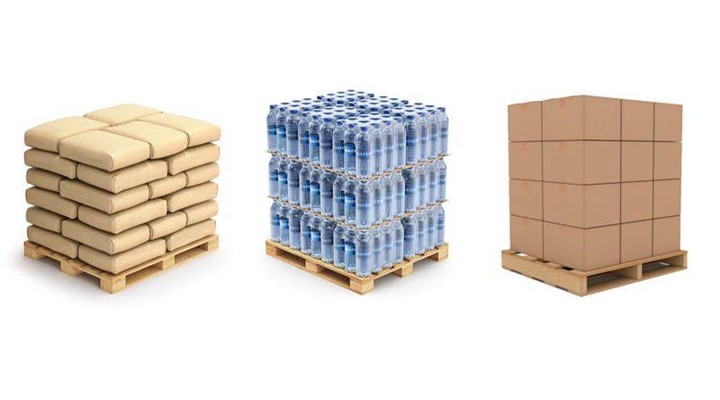
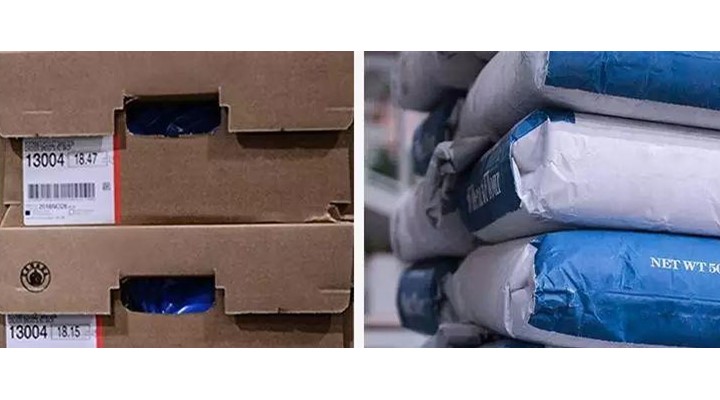

-160x160-state_article-rel-cat.png)
-160x160-state_article-rel-cat.png)







